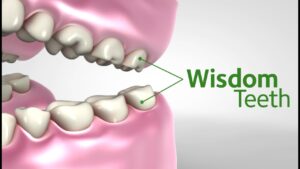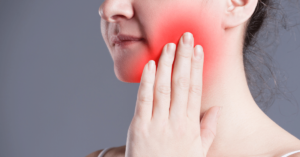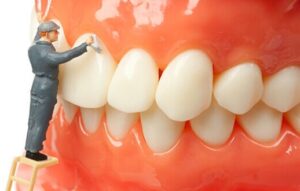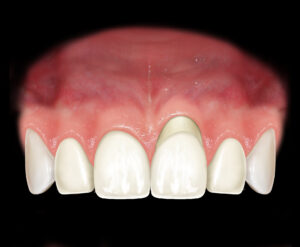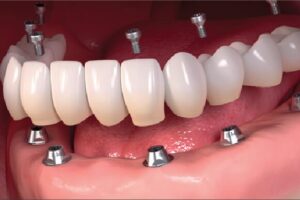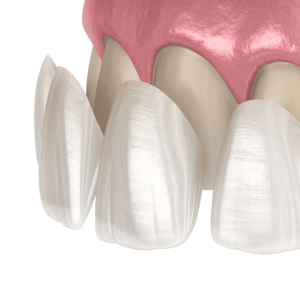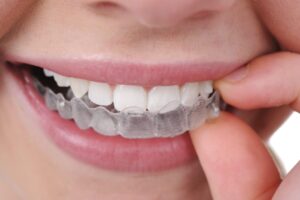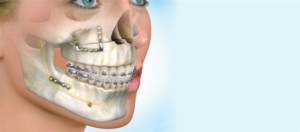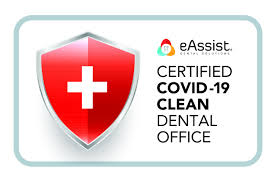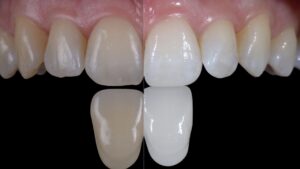Overview
Wisdom teeth are the last adult teeth to come into the mouth (erupt). Most people have four wisdom teeth at the back of the mouth — two on the top, two on the bottom.
Wisdom teeth become impacted when they don’t have enough room to emerge or develop normally.
Impacted wisdom teeth may cause pain, damage to other teeth as well as other serious dental problems. In some cases, impacted wisdom teeth may cause no apparent or immediate problems. But because they’re hard to clean, they may be more vulnerable to tooth decay and gum disease than other teeth are.
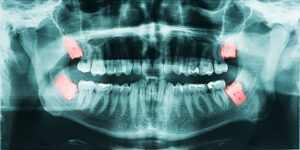
Impacted wisdom teeth that cause pain or other dental complications should be removed. Some dentists and oral surgeons also recommend removing impacted wisdom teeth that don’t cause symptoms to prevent future problems.

Symptoms
Impacted wisdom teeth don’t always cause symptoms. However, when an impacted wisdom tooth becomes infected, damages other teeth or causes other dental problems, you may experience some of these signs or symptoms:
- Red or swollen gums
- Tender or bleeding gums
- Jaw pain
- Swelling around the jaw
- Bad breath
- An unpleasant taste in your mouth
- Difficulty opening your mouth

Causes
Wisdom teeth usually emerge sometime between the ages of 17 and 25. Some people have wisdom teeth that emerge without any problems and line up with the other teeth behind the second molars. In many cases, however, the mouth is too crowded for third molars to develop normally. These crowded third molars become trapped (impacted). Thus they become impacted because they don’t have enough room to come in (erupt) or develop normally.

An impacted wisdom tooth may partially emerge so that some of the crown is visible (partially impacted), or it may never break through the gums (fully impacted). Whether partially or fully impacted, the tooth may:
- Grow at an angle toward the next tooth (second molar)
- Grow at an angle toward the back of the mouth
- Grow at a right angle to the other teeth, as if the wisdom tooth is “lying down” within the jawbone
- Grow straight up or down like other teeth but stay trapped within the jawbone
Complications
Impacted wisdom teeth can cause several problems in the mouth:
- Damage to other teeth.If the wisdom tooth pushes against the second molar, it may damage the second molar or increase the risk of infection in that area. This pressure can also cause problems with crowding of the other teeth or require orthodontic treatment to straighten other teeth.
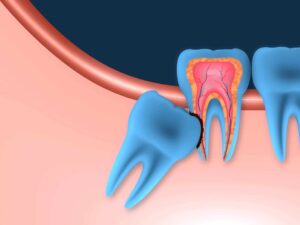
- The wisdom tooth develops in a sac within the jawbone. The sac can fill with fluid, forming a cyst that can damage the jawbone, teeth and nerves. Rarely, a tumor — usually noncancerous (benign) — may develop. This complication may require major surgery with removal of tissue and bone.
- Partially impacted wisdom teeth appear to be at higher risk of tooth decay (caries) than other teeth. This probably occurs because wisdom teeth are harder to clean and because food and bacteria get easily trapped between the gum and a partially erupted tooth.
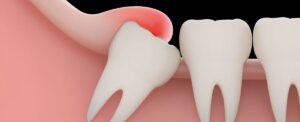
- Gum disease.The difficulty cleaning impacted, partially erupted wisdom teeth increases the risk of developing a painful, inflammatory gum condition called pericoronitis (peri-kor-o-NI-tis) in that area.
Prevention
You can’t keep an impaction from occurring, but keeping regular six-month dental appointments for cleaning and checkups enables your dentist to monitor the growth and emergence of your wisdom teeth. Regularly updated dental X-rays may indicate impacted wisdom teeth before any symptoms develop.
Treatment
Not all impacted wisdom teeth may need to be taken out, your Oral surgeon will judge and decide the necessity of removal. Impacted wisdom teeth removal require surgery, which is usually done as in office procedure under local anesthesia and sedation. The attached video shows surgery of impacted wisdom teeth removal.

